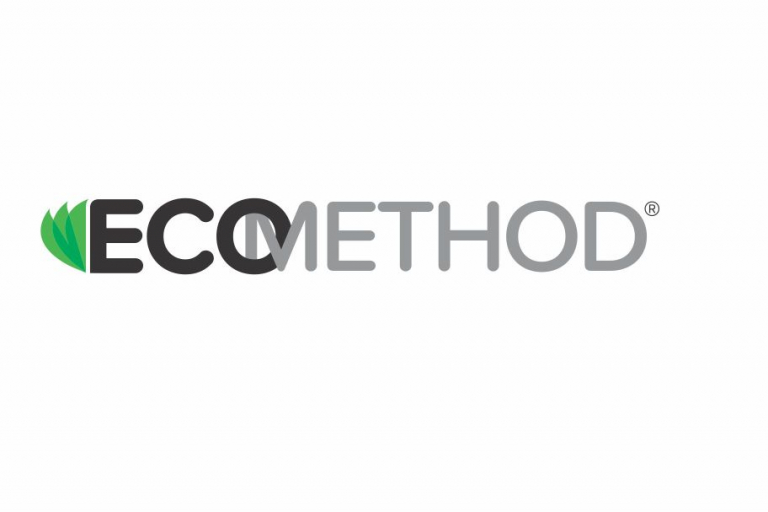You are here

Chelal Flor NF
 COMPOUND INORGANIC MICRONUTRIENT FERTILISER Micronutrient fertiliser, 0,85 % B, 0,31 % Cu, 7,6 % Fe, 2,2 % Mn, 0,25 % Mo, 1,3 % Zn
COMPOUND INORGANIC MICRONUTRIENT FERTILISER Micronutrient fertiliser, 0,85 % B, 0,31 % Cu, 7,6 % Fe, 2,2 % Mn, 0,25 % Mo, 1,3 % Zn
CHELAL® FLOR NF is a mixture of chelated micro-nutrients (Cu, Fe, Mn and Zn). By using chelating agents a high stability under all circumstances can be obtained. Thus and since chelate-stability is mainly influenced by pH-value, a maximum stability of the micro-nutrients present can be guaranteed up to pH 7,5. In addition, CHELAL® FLOR NF contains boron and molybdenum in a unique formulation that ensures maximum availability of these micro-nutrients to the plant.
The composition of CHELAL® FLOR NF was base upon research, conducted in the Netherlands and Belgium and the product can be used in all crops grown on inert substrates (rock wool, sand, argex,etc…). It’s specific composition makes CHELAL® FLOR NF especially useful in crops with a high iron-demand (e.g. cut flowers, ornamental crops).
Using CHELAL® FLOR NF in preparing a nutrient solution allows to apply all traceelements in one action and in the right proportions.
Applying 2,0 kg CHELAL® FLOR NF in 100,000 L water results in a nutrient solution with following composition:
| micromol/L | ppm (mg/L) | |
| B | 15,7 | 0,170 |
| Cu | 0,98 | 0,062 |
| Fe | 27,2 | 1,520 |
| Mn | 8,01 | 0,440 |
| Mo | 0,52 | 0,050 |
| Zn | 3,98 | 0,260 |







